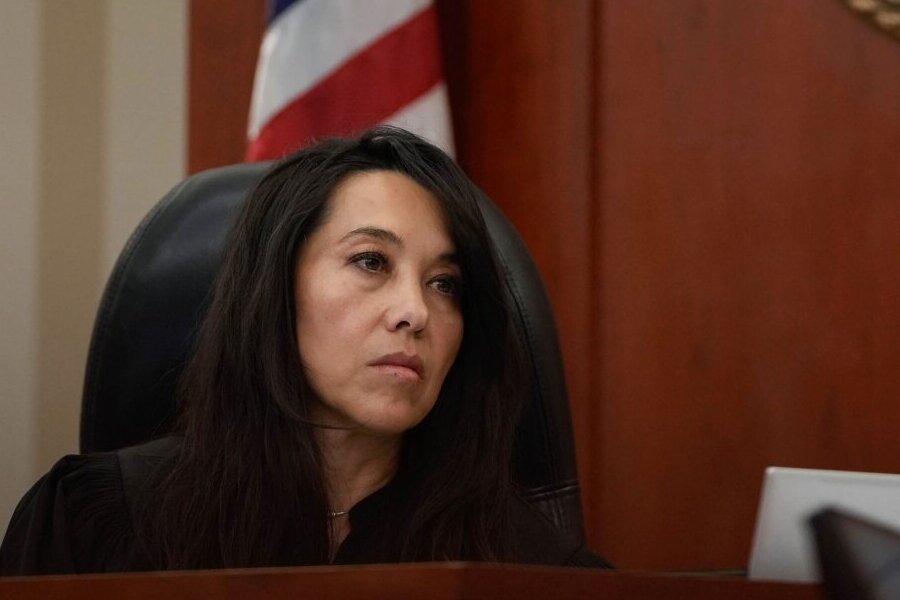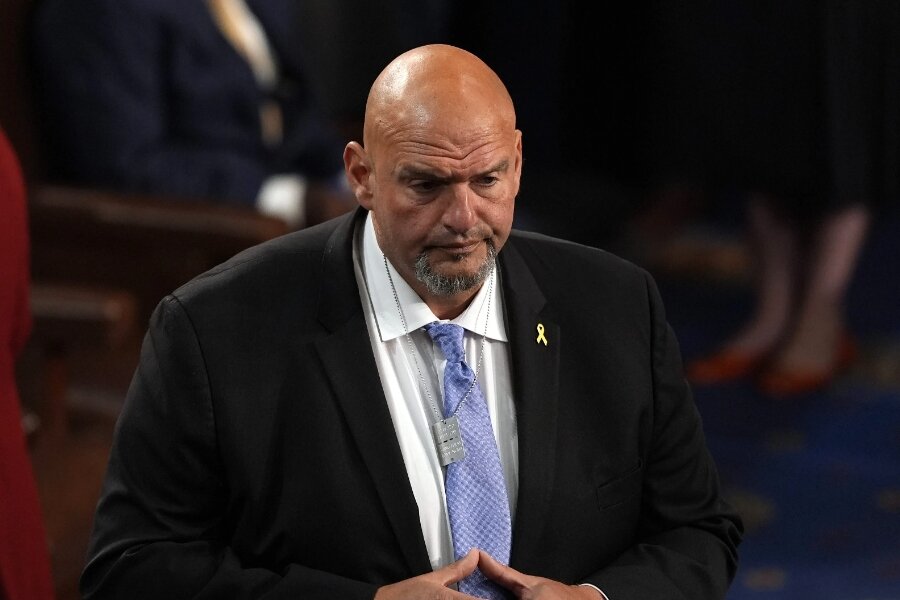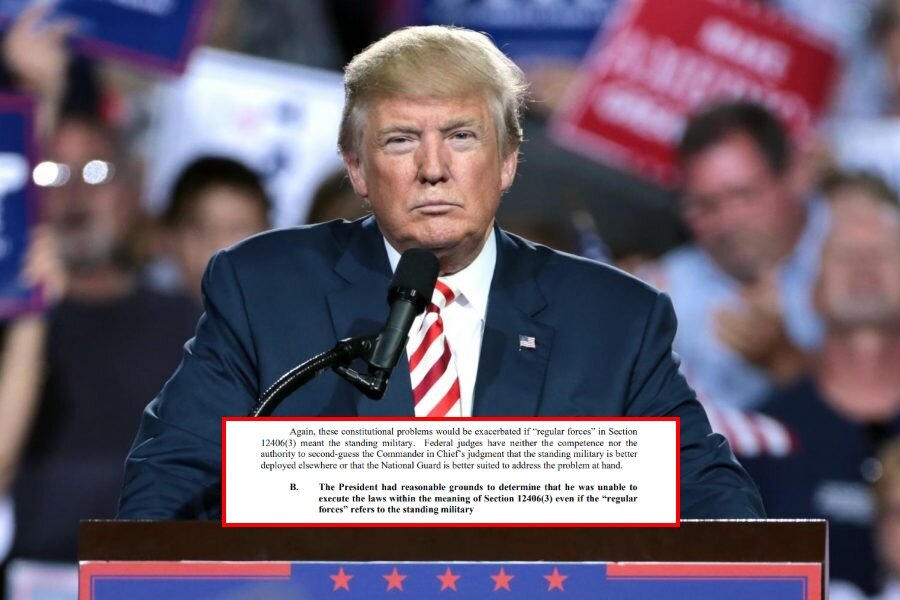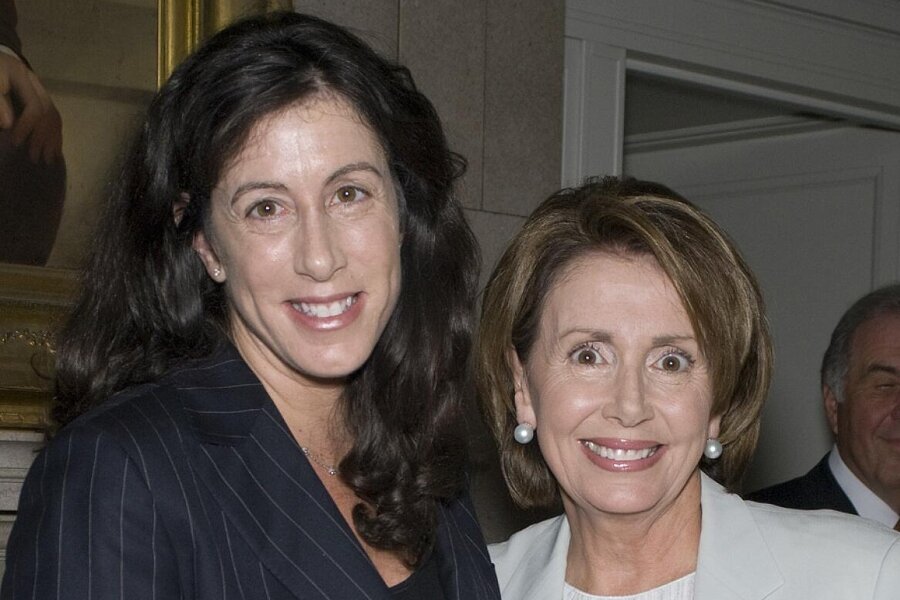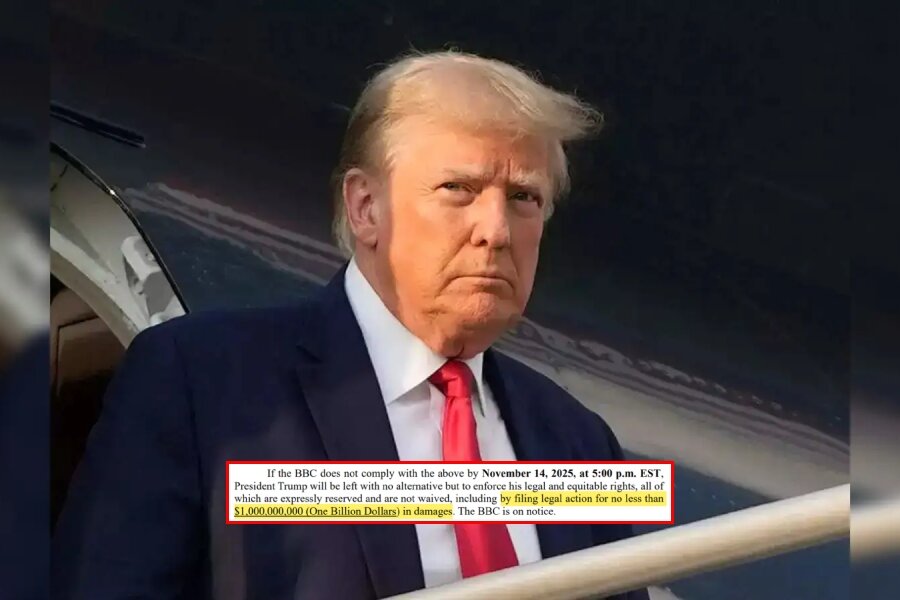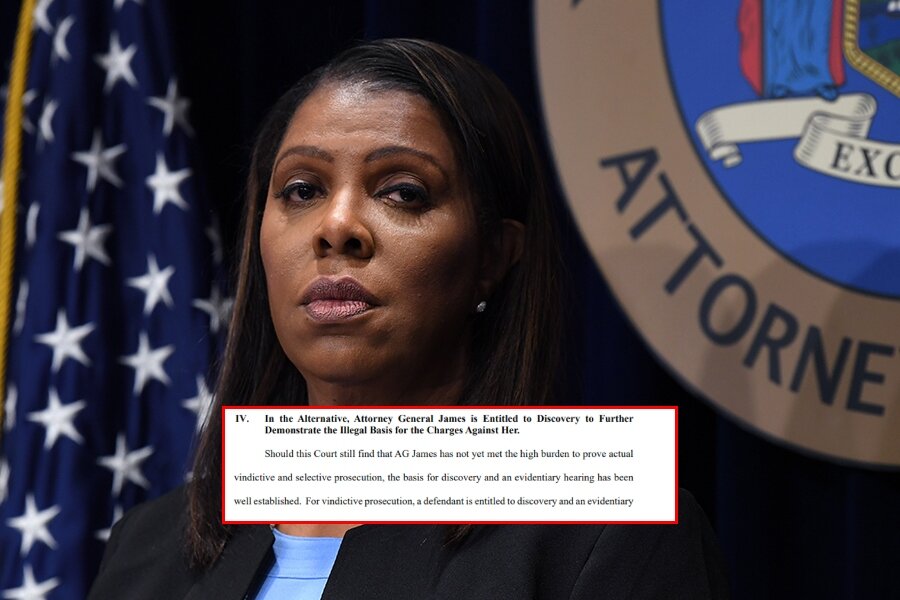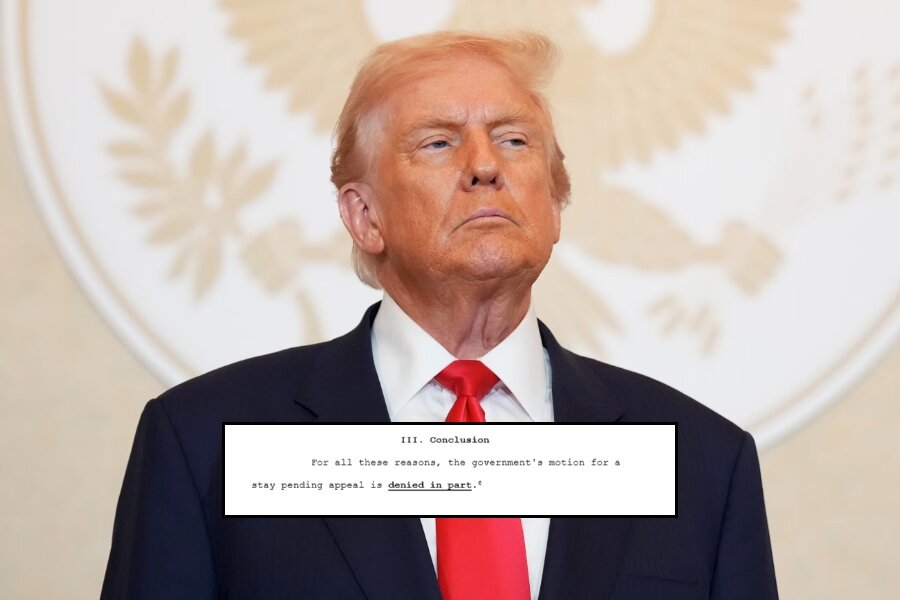The Utah Third District Court has struck down the congressional map crafted by the Republican-led state legislature, labeling it an unconstitutional “gerrymander” and replacing it with a map drawn by left-wing plaintiffs.
The new map, which the court claims better complies with the state’s anti-gerrymandering initiative, is projected to give Democrats an additional seat in one of the nation’s deeply red states.
At the heart of the controversy is the court’s decision to affirm a lower court injunction blocking the legislature’s maps (S.B. 1011 and S.B. 1012, known as Map C), claiming they violated Proposition 4 — a 2018 initiative designed to curb partisan gerrymandering.
The Court, led by Judge Dianna M. Gibson, has thrown out the legislature’s S.B. 1012 (Map C) and S.B. 1011, both approved earlier this year by the state’s duly elected representatives.
And instead adopts “Map 1,” drawn by the plaintiffs themselves, after declaring that the legislature’s map “unduly favored Republicans.”
“Map C was drawn with partisan political data on display,” wrote Gibson.
“Map C does not abide by Proposition 4’s traditional redistricting criteria ‘to the greatest extent practicable.’ And, based on the evidence presented, the Court finds that Map C was drawn with the purpose to favor Republicans—a conclusion that follows from even S.B. 1011’s metric for partisan intent—and it unduly favors Republicans and disfavors Democrats.”
“In short, [the Legislature’s map] does not comply with Utah law,” Gibson wrote in her ruling.
“Because the Lieutenant Governor’s November 10, 2025, deadline for a map to be finalized is upon us, the Court bears the unwelcome obligation to ensure that a lawful map is in place, which the Court discharges by adopting.”
Gibson’s opinion dismisses the legislature’s chosen criteria as “biased,” while elevating the plaintiffs’ computer-generated maps as the new standard for “neutrality.”
Share your thoughts by scrolling down to leave a comment.

